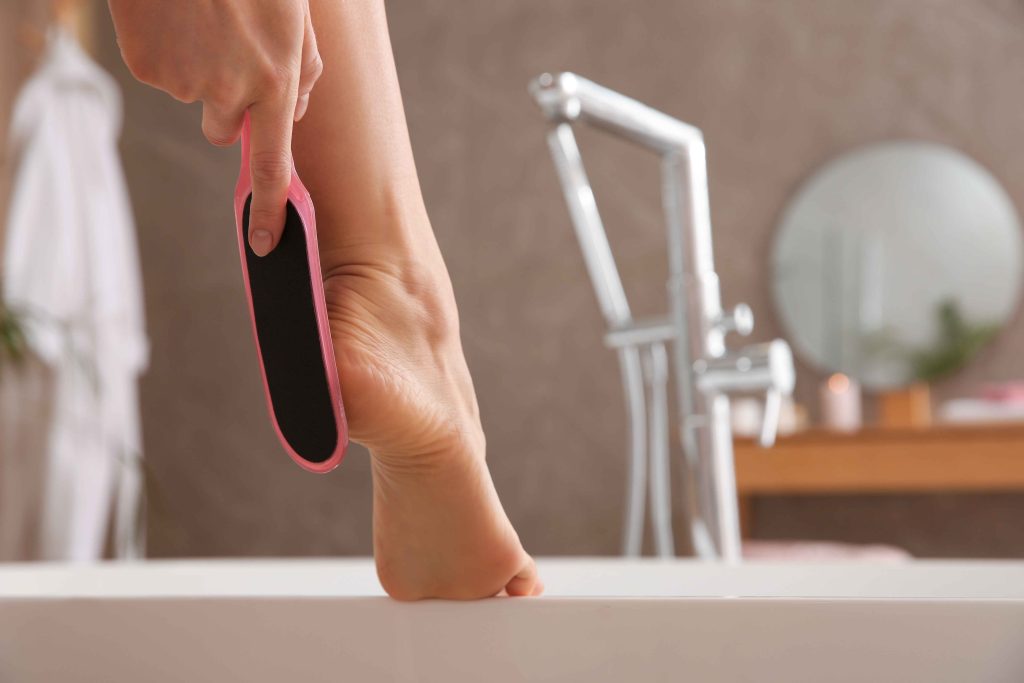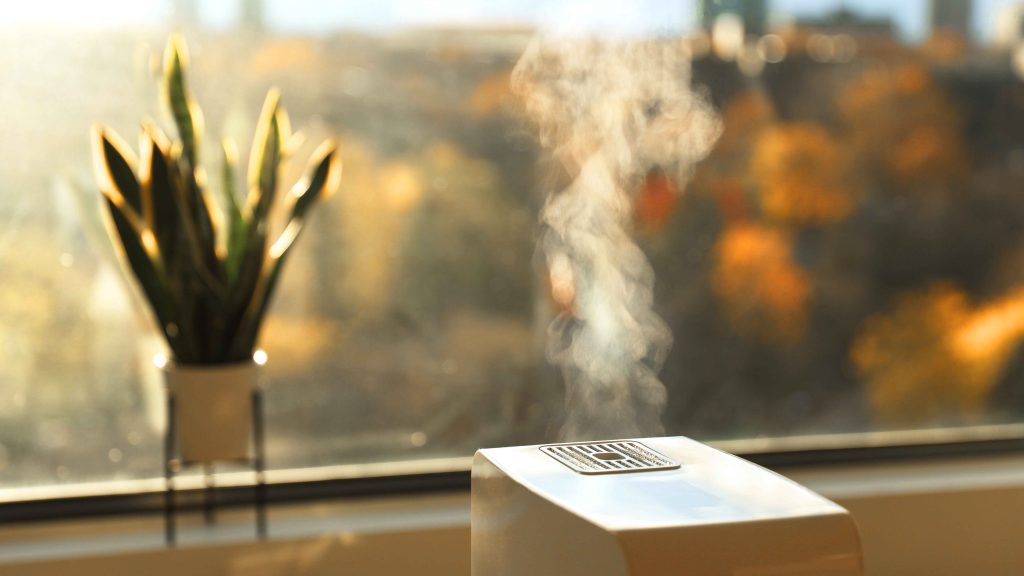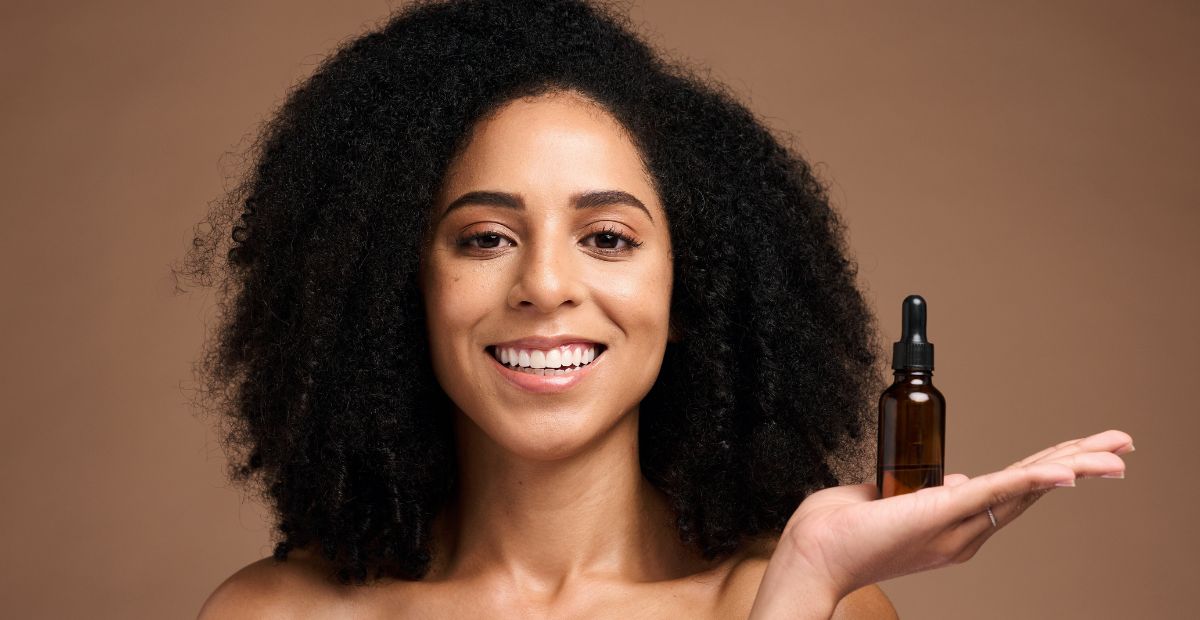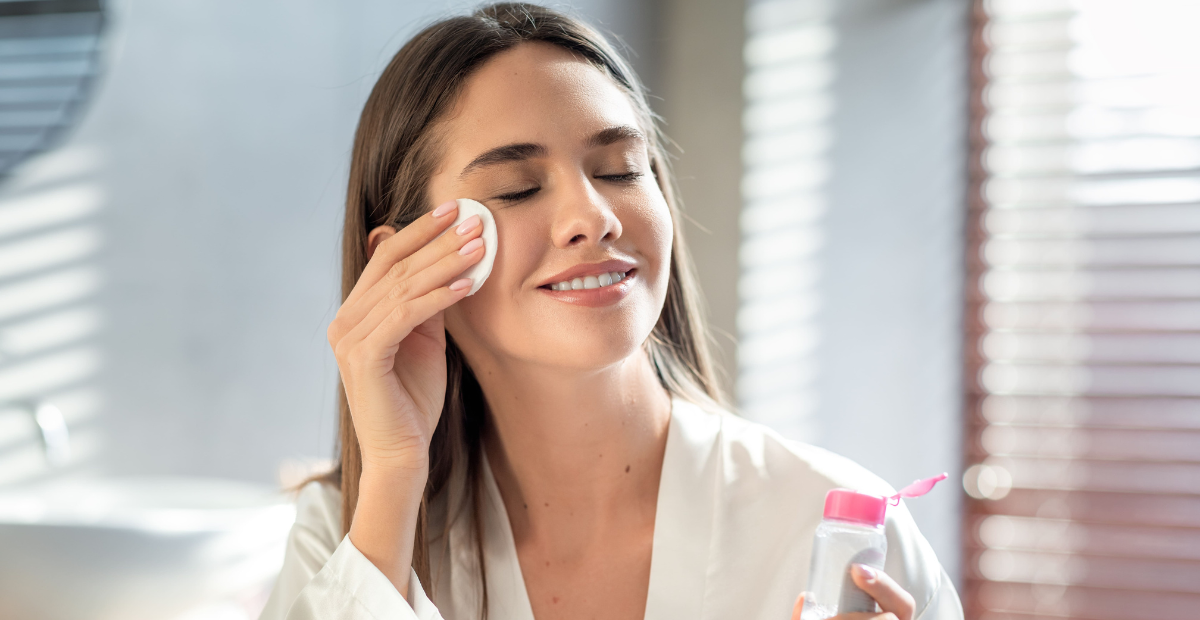Cracked Heels 101: How to Treat Them at Home
Onskin Content Team
Your guides through the skincare chaos

We often get so caught up in perfecting our face and hair care routines that we overlook our feet—until cracked heels, which can become dry and uncomfortable, catch our attention, especially in colder seasons.
And yet, our feet deserve just as much TLC as our locks or complexion—and maybe even more! They’re the foundations of our bodies, crucial for balance, and responsible for rocking those fancy sandals, walking over 70,000 miles in your lifetime, and dancing the nights away. Want to make it up to them and give them the care they deserve? This post has got you covered.
Cracked Heels: Fixes and Tips
Quick heads-up: dry, cracked feet might be connected to certain health conditions like hypothyroidism, diabetes, athlete’s foot, fungal infections, iron deficiency anemia, retinoid intake, and many others. So, it’s a good idea to visit a doctor to make sure everything’s okay, especially if the cracks are bleeding.
Regardless of the cause, here’s what you can do (or avoid) to keep your heels baby soft all day, every day and season.
Cracked heels: What should you say NO to?
Harsh foot tools
What’s your first instinct when you notice cracked heels? Probably rushing to the bathroom and aggressively scrubbing away with a foot file or a coarse scrub. “Get off, dead skin cells!”
While we get how satisfying the process can be, using these tools with too much force can damage your outer skin layer and thin the skin barrier, leaving it more vulnerable to irritation and injury. In this case, more isn’t better.

Harsh cosmetics and household chemicals
Reign in the urge for clothes that smell like fresh Alpine mornings—and enjoy healthier skin as a reward! Fragrances, alcohol, and surfactants in fabric detergents and conditioners can mess with your outer layer, and the same applies to foot cosmetics, soaps, bubble baths, and shower gels—well, everything that touches your heels. Read on to learn how to choose beauty items that treat your skin with kindness.
Cracked heels: What should you say YES to?

- Good air quality in your space. One of the quickest fixes for dry air is to get an air humidifier—a more humid environment can lead to noticeable improvements not only in the condition of your feet but also in your overall skin health (hello, fewer fine lines!)
- Gentle foot care tools like loofahs or pumice stones for exfoliating dead skin cells. The golden rule is here is avoid rubbing like you’re fighting your personal enemy—be gentle, as if you’re carefully brushing sand off a precious diamond. Otherwise, you might end up causing soreness or even bleeding.
- Mild body washes and soaps. Opt for fragrance- and alcohol-free hypoallergenic formulas and consider scanning your potential buys with OnSkin—the app will break down the ingredient list for you, highlighting the good stuff and detecting the potentially unsafe or irritating components.

- Drying your feet thoroughly with a cotton towel after a shower. Make sure to get between your toes, as this area can stay damp, and don’t set the water too hot—our skin can’t stand extreme temperatures (so avoid signing up for challenges like running on super-hot sand at the beach).
- Applying moisturizing foot creams with beneficial ingredients up to 5 times a day. Keep reading to discover which foot-friendly ingredients to look for. And remember to be extra careful on the bathroom floor after applying any products to keep from slipping!
- Regularly washing your socks and tights.
- Comfortable, quality footwear that fits your size. Don’t listen to anyone who says your feet should be tightly packed in your shoes—that would make any podiatrist (a foot expert) cringe. Experts recommend enough wiggle room for your toes, without the shoe being too loose in the heel or arch. Your feet shouldn’t feel like they’re in a sauna! Quality footwear also supports good posture and reduces the risk of foot issues like bunions.
Cracked Heels: What to Look for in Foot Creams
Does any foot product truly get the job done? Not quite. The best choice for foot care is using emollients. Simply put, emollients are moisturizing products—whether they’re ointments, lotions, or creams—choose the format that works best for you. Skin experts vouch for emollients because they’re great at softening the skin, boosting hydration, and improving resistance to irritation.

What beneficial components do emollients typically include? Check the label for these ingredients (or let OnSkin scan the list for you):
- Ceramides fortify the damaged skin barrier, combat water loss, help moisture stay in your skin for longer—learn more about these hardworking ingredients here;
- Shea butter is an excellent moisturizer with anti-inflammatory properties that speeds up skin cell regeneration. This means wounds and cuts heal quicker when you use it. Pretty cool, right?
- Urea helps minimize callus buildup and allows other active ingredients in the formula to penetrate deeper. But the cherry on top is that it removes dead cells without harming your skin (unlike harsh foot files);
- Panthenol strengthens the skin’s barrier and enhances its ability to retain moisture;
- Lactic acid promotes ceramide production, improves your skin barrier’s function, and makes your skin less prone to infections;
- Other potent components (e.g., allantoin or salicylic acid).
To Wrap It Up
Just like with skincare and haircare, foot care is all about gentle cleansing, moisturizing… and a bit of discipline and attention to detail. Don’t wait until sandal season—take care of your heels year-round, and they’ll reward you with a fabulous look and soft touch.
FAQ
-
Where do I start with OnSkin?
Download the app and think of a product you’d like to know more about. Then, go to the main screen and choose how you’d like to get the info —by manually looking it up in the search bar, by scanning its barcode, or by simply taking a picture of the packaging. Once you’ve done any of these, you can see how safe the product is and if it suits your skin or hair (if this analysis is available).
-
What is Safety Rating, and how is it calculated?
In OnSkin, we base product rates on ingredients. Each is closely studied by our medical team and then evaluated. This way, each product gets a score from 0 to 100, with 100 as the safest level.
Safety Levels
- Excellent (76–100)
- Good (51–75)
- Not great (26–50)
- Bad (0–25)
These scores are backed by the latest scientific studies. You can find links to the resources we’ve used on each ingredient page. To assess the safety of product ingredients, we evaluate them according to the following parameters/criteria
- Endocrine disruption risk / Reproductive toxicity
Indicates the probability of mimicking, blocking, or interfering with the body hormones.
- Сarcinogenicity
Measures the potential risk of inducing cancer.
- Allergy risk
Estimates the probability of an allergic reaction.
- High concentration alert
Determines the risk of being unsafe in certain amounts.
-
What is Skin Match?
Based on the info you input about your skin type, age, skin care goal, and other “settings,” OnSkin checks how well a product is tailored to your unique skin needs — it’s basically like a dermatologist helping you find the right products, minus the fees and the long wait. The product you’re checking might be labeled as It’s a match!, Hit-or-miss, or Not a match for you. The app also detects ingredient groups such as Anti-acne, Anti-inflammatory, Moisturizes, May be drying, Comedogenic, and others — by tapping one, you see exactly what ingredients from this or that group are in the product.
-
I seem to have a problem with using the app. Who should I contact?
Please reach out to us at [email protected], and we’ll carefully look into your issue. Your ideas for improving the app are also very welcome!
-
Do you have an Android version?
Not yet! Hey Android users, we hear you, and we're thinking about making an Android version, but we haven't started the development yet.
Tracker Sent!
It’s on the way to your inbox.




